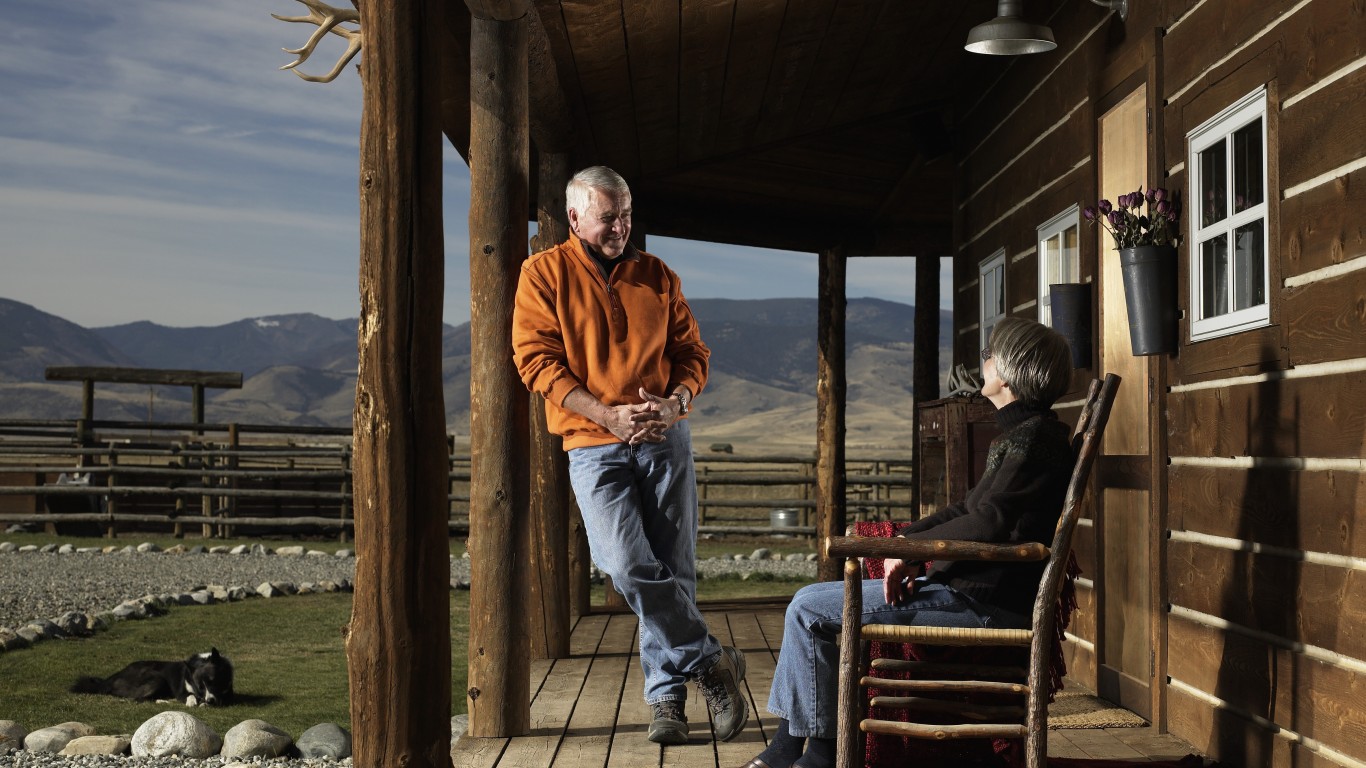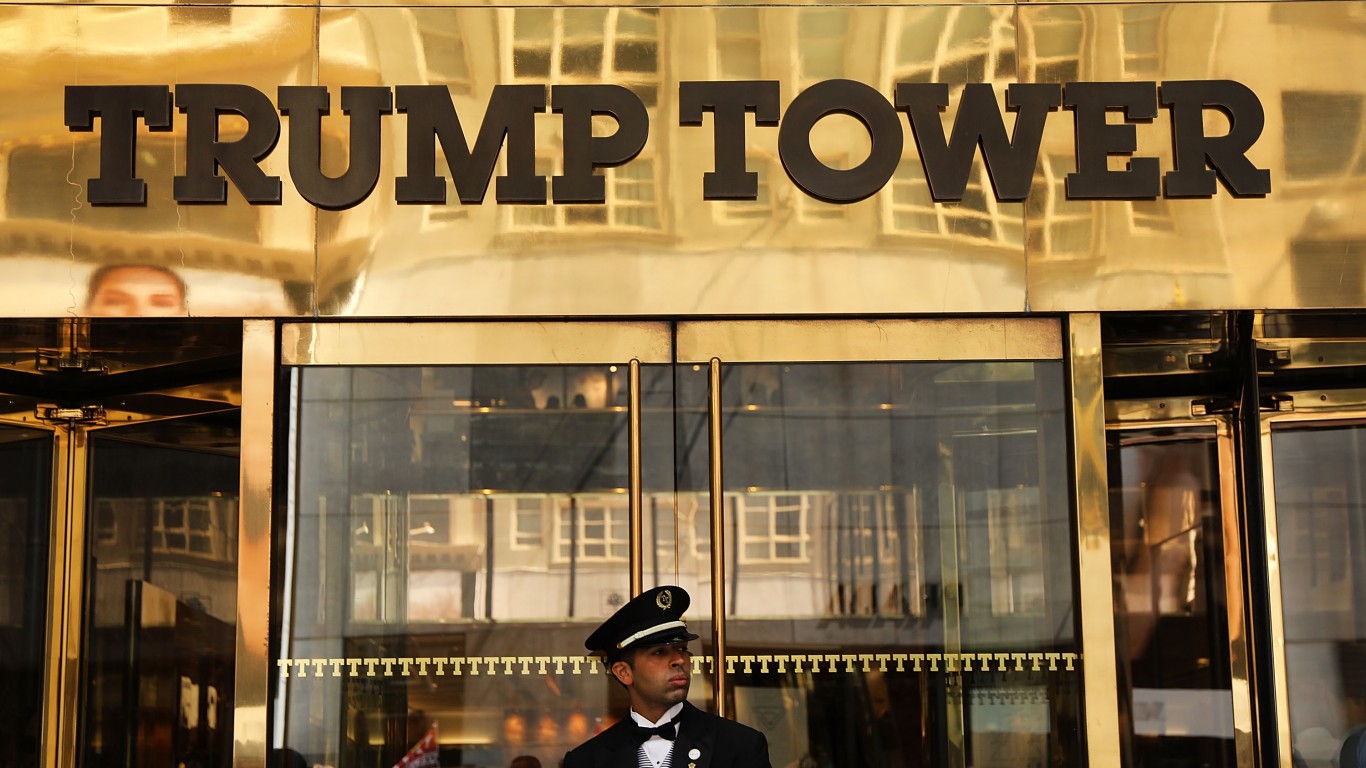
Income inequality is the antithesis of the American Dream. Not everyone has the chance to do well in America, because, in actuality, hardly everyone moves from poverty to middle-class income. Almost no one born poor becomes rich. In fact, most Americans who live in families below the poverty line cannot escape poverty’s clutches. Many do not get the education they need, almost always a key to income advancement. Hard work, in other words, is not enough.
Occasionally, the federal government tries to address the huge gulf between the extremely rich and extremely poor. One idea is that taxes on the rich can be used to create minimum levels of income. Another is that money can be funneled to better education. These approaches have failed, and often laws that support them have never made it out of Congress.
To identify the state where income inequality worsened most between 2010 and 2019 (the most recent year for which data is available), 24/7 Wall St. looked at the change in the Gini index. That is a statistical measure developed by early 20th-century economist Corrado Gini, representing income or wealth inequality within a given group. A Gini coefficient of 0 means that everyone has an equal income, while a coefficient of 1 indicates maximum inequality (i.e., one person or group controls all the wealth). High income to low income ratios were calculated based on census income quintiles for the top 20% of earners and the bottom 20% of earners. All data comes from the U.S. Census Bureau’s American Community Survey one-year estimates for 2019.
The rebound from the Great Recession has been very different from group to group. Data show the very rich have gotten much richer, while the poor have made very little income advancement, if they have made any at all.
The middle and lower classes are worse off than they had been a decade earlier, while the wealthiest Americans own an ever-larger share of the nation’s prosperity.
Montana is the state where income inequality has gotten the worst over the past decade. Here are the details:
- Change in Gini index of income inequality from 2010 to 2019: +0.025
- Gini index of income inequality in 2010: 0.435 (11th best income distribution)
- Gini index of income inequality in 2019: 0.460 (23rd best income distribution)
- Typical high income to typical low income ratio in 2019: 13.80 to 1 (16th smallest)
Click here to see all the states where income inequality has worsened since 2010.
Are You Still Paying With a Debit Card?
The average American spends $17,274 on debit cards a year, and it’s a HUGE mistake. First, debit cards don’t have the same fraud protections as credit cards. Once your money is gone, it’s gone. But more importantly you can actually get something back from this spending every time you swipe.
Issuers are handing out wild bonuses right now. With some you can earn up to 5% back on every purchase. That’s like getting a 5% discount on everything you buy!
Our top pick is kind of hard to imagine. Not only does it pay up to 5% back, it also includes a $200 cash back reward in the first six months, a 0% intro APR, and…. $0 annual fee. It’s quite literally free money for any one that uses a card regularly. Click here to learn more!
Flywheel Publishing has partnered with CardRatings to provide coverage of credit card products. Flywheel Publishing and CardRatings may receive a commission from card issuers.
Thank you for reading! Have some feedback for us?
Contact the 24/7 Wall St. editorial team.



